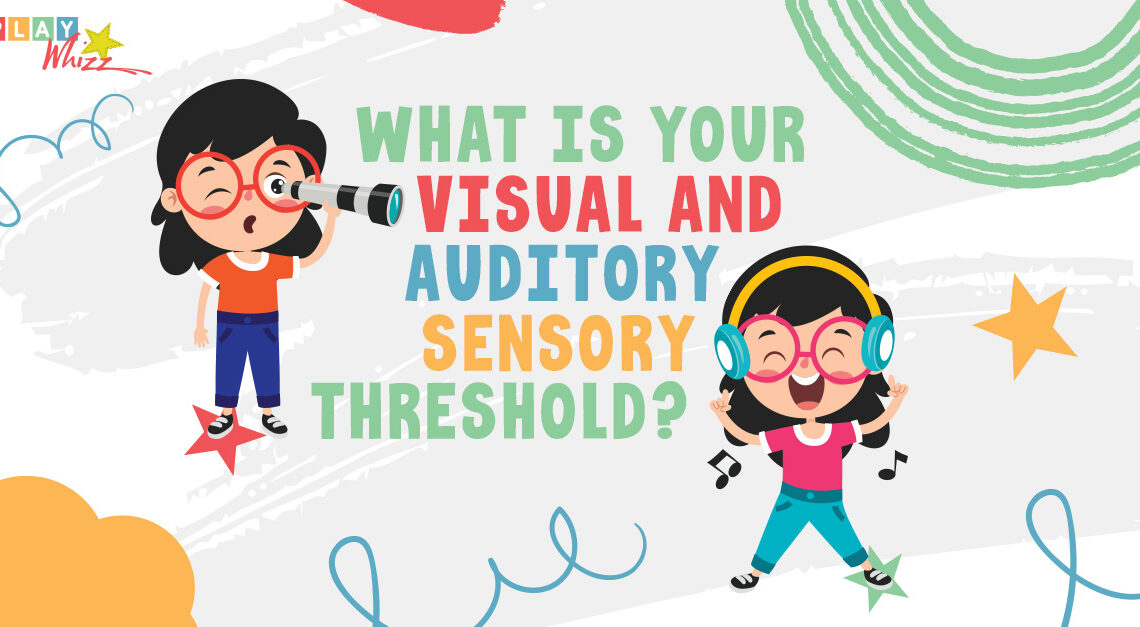ADHD & SENSORY PROCESSING DISORDER- CHANNEL FOCUS AND CALM WITH PLAY
With ADHD and Sensory Processing Disorders, parents and teachers seek to calm and self-regulate children. When you’re tired and ready to hand over the iPad, know that there are ways to control the hyperactivity or hypoactivity with sensory stimulation from specific toys catered to their needs.
Although ADHD and sensory processing disorders can be linked, there are differences to note:
What is Attention Deficit Hyperactive Disorder (ADHD)?
ADHD is a common neurodevelopmental condition in which the individual has trouble paying attention to their surroundings, controlling their impulses, or managing their energy levels. (www.medicalnewstoday.com)
ADHD is characterized primarily by inattention, impulsivity, distractibility, and physical restlessness. Children with ADHD may experience difficulty with sensory overstimulation, like transitions from one activity to the next. (healthline.com)
Children with ADHD have a hard time filtering out all of the information that they are receiving from their senses; sounds, sights, smells, tastes and touch. They may also experience difficulties making decisions because they might not be able to organize data quickly enough for themselves to make sense of them. As a result, people with ADHD often struggle more than most children do in school or at work where success depends on quick decision-making skills and attention span which are two areas that those who suffer from this condition tend to struggle with.
In the classroom, some children can’t sit still and some daydream all day and it’s clear that they learn and perceive the world differently from other children then when they get home, they jump on couches and scream or sit alone in their room and don’t want to socialise.

What is Sensory Processing Disorder?
Sensory processing disorder (SPD) is a condition that affects how the brain processes information from the senses. It’s estimated to affect between 3 and 6 percent of children, but many cases go undiagnosed. If your child has SPD, they may be over-sensitive or under-sensitive to touch, sounds, smells, tastes or sights. They might also be unable to process two things at once – like listening while reading – which can lead them to become easily distracted or overwhelmed by their surroundings. This can cause problems in school and at home as well as affecting their self-esteem and social relationships. But there are ways you can help!
Children with sensory processing issues behave in ways that look confusing. They might react strongly to loud noises or bright lights, or complain that their clothes are uncomfortable. They may be clumsy or have trouble with fine motor skills like fastening buttons. Some kids show extreme behaviours like screaming when their face gets wet or melting down at an unexpected change. (childmind.org)
There are three types of Sensory Processing disorders: sensory modulation where the child has behaviours of avoidance such as hiding under a table to avoid noise, sensory under-responsitivity of stimulation where a child may not notice what’s going on around him/her and sensory craving whereby a child seeks sensations and thrill, for example, climbing high up a tree and continually seeking more. (additudemag.com)

Sensory Overload and what to do about it
As seen above, sensory Overload, therefore, occurs in both of these disorders. Although it can affect anyone, it is most common in children, with ADHD or other sensory or neurodevelopmental conditions. Anything that stimulates multiple senses can lead to sensory overload. (medicalnewstoday.com)
According to childming.org, sensory processing issues means children experience too much or too little stimulation through their senses and thus they can have trouble integrating the information they’re getting. As a result, it’s difficult, if not impossible, for them to function effectively, feel comfortable and secure, and be open to learning and socialization
Sensory integration is a term that has been used to describe processes in the brain that allow us to take the information we receive from our five senses, organize it, and respond appropriately. combining all the information we get from our senses, we can ‘make sense’ of the world around us and successfully interact with it.
Playing with kinetic sand, playdough or being engaged in imaginative play with toys allows your child to be present and focus on something engaging in front of them. The brain can unwind from being overwhelmed with a sense of calm and quiet.

How Playwhizz Can Help
Assisting Parents, Care-givers, Therapists and other related people with the tools to aid development of children through play. Playwhizz provides access to a collection of educational resources (e.g. toys, puzzles, games and other learning activities) to assist in the development of children on a hiring basis.
The toy library has an array of sensory, educational toys to rent that will create engagement through interest and stimulation. For example, playboxes are multisensory and allow your children to explore learn and play using a variety of activities. Spend quality time together at home with your little one doing just that.
View our catalogue https://www.playwhizz.co.za/catalogue/ or WhatsApp Bronwyn on 0833062527 or email bronwyn@playwhizz.co.za for more information.
References:
Sensory Processing Issues Explained
3 Types of Sensory Disorders That Look Like ADHD
The Debate Over Sensory Processing
What to know about ADHD and sensory overload
Treating Sensory Processing Issues


